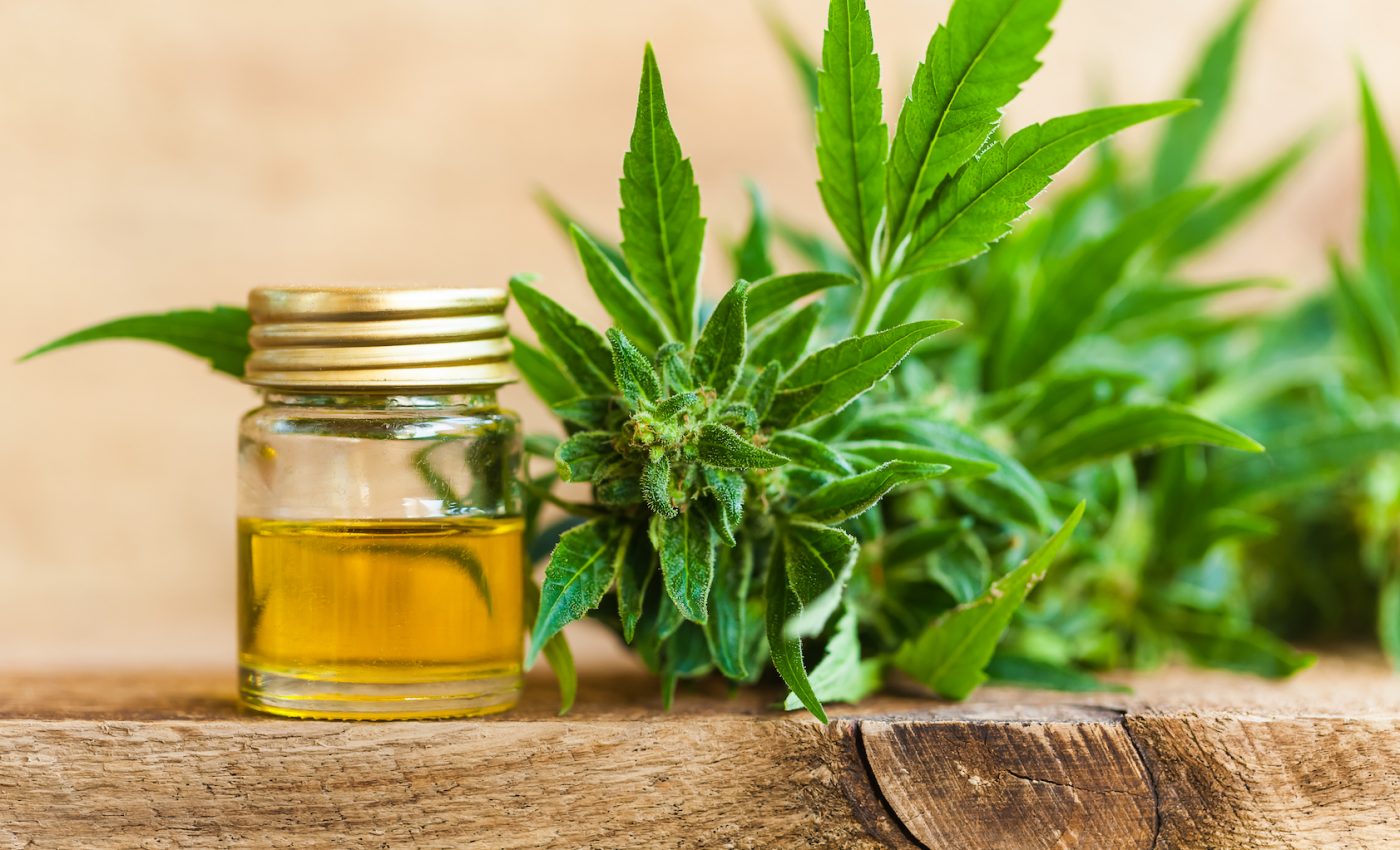
US government grants $3 million for CBD pain relief research
US government grants $3 million for CBD pain relief research. The US government will spend $3 million on medical marijuana research focusing on the effects of cannabidiol (CBD) and hundreds of other chemicals found in the drug.
On Thursday, nine research grants and funding were awarded to help determine whether or not marijuana is an effective pain reliever.
None of the grants will go to THC research, the main psychoactive component in marijuana.
THC has been the focus of many studies, but the increased risk of addiction and abuse are too great for THC to be considered as a viable option for pain relief.
CBD, on the other hand, does not make you “high” because it’s non-psychoactive, and has become a trendy ingredient in cosmetics and foods.
Marijuana is still considered a controlled substance and illegal under federal law. However, more than 30 states have legalized the drug for medicinal purposes.
Whether or not medicinal marijuana is an effective treatment option and how to avoid the psychoactive effects of THC remains poorly understood.
“The science is lagging behind the public use and interest. We’re doing our best to catch up here,” Dr. David Shurtleff, deputy director of the National Center for Complementary and Integrative Health, told the Associated Press.
The National Center for Complementary and Integrative Health is funding the research grants.
One of the main reasons the government is investing so much into medical marijuana research is the country-wide opioid crisis. Opioids are highly addictive but were widely prescribed and used to treat pain leading to an increase in addiction and opioid-related overdoses in recent years.
CBD and other components of marijuana may offer innovative solutions to treat and study pain.
Only one of the research projects awarded funding will have human test subjects.
The study, conducted by researchers from the University of Utah, will involve taking brain scans of participants after ingesting a CBD extract. The researchers hope to see if the CBD extract helps with lower back pain.
—
By Kay Vandette, Earth.com Staff Writer













